
For being about clothes, online sites about men’s style can get surprisingly contentious. Just visit any online forum or check the comment section at Ivy Style. People outside of fashion tend to have a healthy sense of humor when it comes to dress, but enthusiasts – particularly ones with more classic sensibilities – can work themselves into a rage. Bruce Boyer put it well when he said some people treat this as though it were a bloodsport.
When you boil them down, arguments over clothes always come back to the same things. If it’s a runway show, someone will comment on how the clothes look odd. If it’s about bespoke, someone will ask what’s the point of all that handwork. If it’s someone new to dressing well, they’re sure to complain about prices (OK, that one is fair).
The thing is, these critiques are rarely about the clothes themselves; they’re about the person’s values. A lot of the arguments are really about how different people value clothing differently. If you take the time to consider another person’s set of values, you’ll have your answer to almost any question – “who would wear such a thing in real life?” or “is bespoke worth it?”
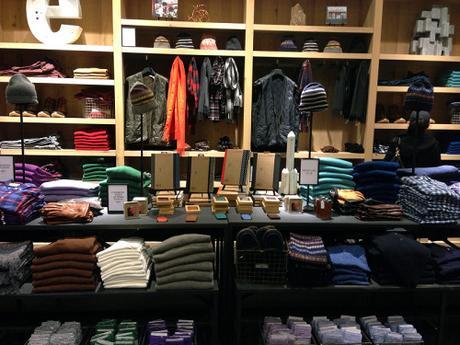
Let’s break fashion down into three dimensions:
- Practicality: On some level, all of us buy clothes for the same reasons. We want to stay comfortable, protect ourselves from the elements, and look good. Or at least look the way we wish to look.
- Designs: To get there, designers have to design. They come up with their versions of motorcycle jackets, anoraks, duffle coats, slim suits, sport shirts, chunky knitwear, etc.
- Construction: Since clothes are physical objects, they have to be made. It’s just a question of how the construction is done. This can include fusing, canvassing, padding, handsewing, machine-sewing, darts, felled seams, etc.
Since fashion is a commercial enterprise, not a pure art, brands have to consider all three things when building a collection. They have to think about how something will sell in a store (the practical dimension), along with how they want to design and build a garment.
In practice, however, most brands will focus on one of these dimensions more than the others. To take some examples:
Most brands focus on the practical. Here, we’re talking about companies such as H&M, Ralph Lauren, and Tom Ford. Whether your budget is $50 or $50,000, there’s a brand out there that will help you look good in straightforward and conventional ways.
See the photo above. The clothes are so generic that you can’t even make out the company (it’s J. Crew). Such clothes are popular because most people have very practical interests when it comes to fashion – they want to look good, but without standing out from the crowd. That means wearing things such as slim cut chinos, basic button-ups, and conservative, casual outerwear. Even if formal dress codes have mostly disappeared, softly coded dress norms still govern what we wear.
So, there are a million stores nowadays that will help you dress for the office and holidays; weddings and jobs interviews; pubs and parties. These are the sort of clothes that will make you look good, while also not making much of a statement.
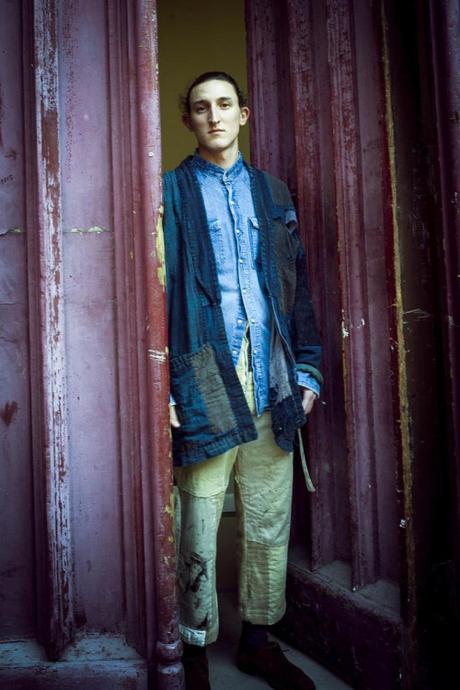
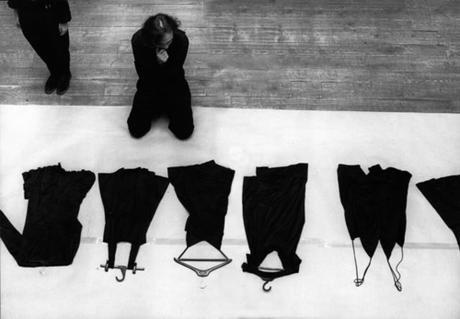
Some brands, on the other hand, focus more on design. This is where fashion tends to lose people, but you have to be comfortable with the idea of challenging conventional norms. Or at least the idea of dressing for expressive and artistic sake – not just getting by in public.
There are a million examples here. Raf Simons’ continual themes around recapturing youth; Martin Margiela’s unique mix of minimalism and deconstruction. In a recent article in the New York Times, Susannah Frankel wrote this of Margiela and his business partner, Jenny Meirens:
However radical, none of these concepts would have meant anything without the clothes. “For me, one of the strongest things about Martin was him taking something very popular, common or cheap and turning it into something chic,” Meirens says. He consistently used inexpensive men’s suiting and shiny black lining fabric. He made chubby coats out of silver Christmas tinsel and sheath dresses out of gold plastic rings. Then there were the gently frayed hems, the reversed seams, the reinventing of vintage finds from leather butchers’ aprons to antique wedding dresses — the turning of clothes literally upside down and inside out.
Similarly, although not the same, brands such as Kapital and Rare Weaves are known for their patchwork clothes (Rare Weaves is the one who made the indigo coat you see above). To say that these clothes look beaten-up and haphazardly produced would miss the point. They’re beautiful precisely because they draw on ideas of impermanence, imperfection, and austerity. See this old post I wrote on Japanese boro. (Yes, designer versions are just verisimilitudes of the real thing, but the same can be said of almost any modern aesthetic tradition).
Other good examples include Rei Kawakubo, Yohji Yamamoto, and Rick Owens. In Western Europe and the US, traditional pattern-making tends to emphasize the idealized, gendered form. For women, that’s a curvy hourglass silhouette. For men, it’s an athletic, v-shaped torso set upon a strong pair of columnar legs.
Instead of revealing the body, however, designers such as Yamamoto shroud it with voluminous fabrics, generous pleats, and freer interpretations on the modern silhouette. It’s about finding creative ways to cut clothes; not just sexualizing the body. For a good write-up on how Comme des Garcons challenges conventional norms around age, class, and gender, see this post over at The Rosenrot. The appeal here is just as much about concepts as they are about aesthetics.
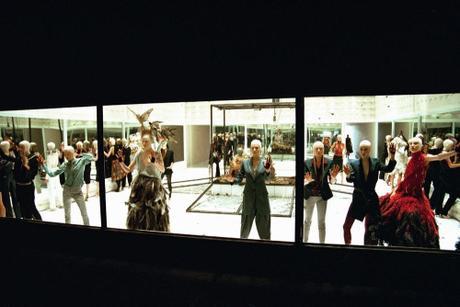
The usual critiques here, however, are about the runway (e.g. “who would wear that in real life?”). Often times, the answer can be as simple as “lots of people, particularly those living in big cities.” Other times, it can be about how a designer presents a big idea at a fashion show, but then repackages it for stores. If you think you’ve never been affected by a runway concept, check your closet. Even Brooks Brothers stocks slimmer, shorter fitting jackets nowadays thanks to the influence of Hedi Slimane and Thom Browne.
Fundamentally, how a company treats a runway show isn’t too different from how they treat their clothes. Companies that have more practically minded designs, such as Zegna, will often send their models marching down the catwalk – sort of like the automated conveyor at your local dry cleaners. Those that focus on design, on the other hand, will sometimes organize a show as though it’s performance art.
You can see some of this by Thierry Mugler and John Galliano. Both have casted shows as though they were theater productions, with models dressed like heroes and villains. Then there’s Martin Margiela, who used creative lighting and video projections to emphasize his artistic, deconstructed creations. Or more recently Rick Owens, who casted a show with step dancers from American sororities. That one was as much a dance performance as it was a fashion show.
Cynics will say these are just marketing ploys – organized to drum up press and, ultimately, sell clothes. And that’s probably true, but doesn’t negate their artistic value. Creative designers, both through their collections and presentations, force us to reconsider traditional norms around dress. In order to appreciate this work, you have to consider that clothes can be something else besides practical tools – they can be art, creative concepts, or ways to add to the ongoing conversation about fashion.
If you’re still skeptical of unconventional designs, I encourage you to check out this Met Museum page on Alexander McQueen. His were some of the most brilliant anywhere. (Frankly, if you remain unmoved, it’s possible that you have no soul.)
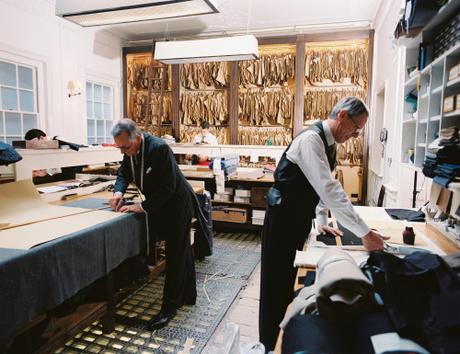
Finally, you have companies that focus on construction. Simon Crompton over at Permanent Style calls this “craft based menswear.” He mostly uses the term to refer to bespoke tailors and shoemakers – who make up the majority of people in this category – but there are contemporary designers employing the same methods.
It’s important to understand that construction here stands for its own sake, apart from design and practicality. To be sure, some construction techniques are necessary for a certain design or function. A lot of this, however, is about craft.
Why does Steed attach the waistbands to their trousers by hand? It looks the same either way from the outside, but the point is about producing the finest work possible. A hand-attached waistband looks a little cleaner on the inside, and even if nobody else will know, it’s nice to see that sort of traditional work still being done.
It’s the same reason why someone might appreciate the subtle, slightly raised look of a Milanese buttonhole. There’s no practical advantage; it’s nice just as a piece of hand-executed craft. People can find beauty in craftsmanship just as they can find beauty in conceptual designs.
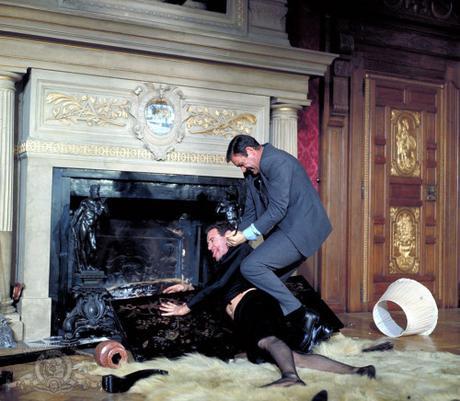
Much like companies, everyone interested in fashion values all three dimensions – we just weight them differently. See sites such as GQ and Esquire, whose readers are almost exclusively interested in the practical aspects of dressing well (e.g. how to look good on a first date). Or StyleZeitgeist and The Rosenrot, which are more about conceptual design. Or Permanent Style, which is mostly about craft and construction. (Notable is how many of Simon’s posts are about factory visits).
And here is how arguments happen. When people disagree about clothes, they’re often taking their preferred dimension and just running with it – without necessarily considering how others can value things differently. Take any one of the endless arguments on StyleForum about whether bespoke shoes last longer than good Goodyear welted footwear. The answer is probably yes, but I don’t know if handwelted shoes necessarily even have to justify themselves on practical grounds. You can get Goodyear welted shoes these days for about $300-400; West End bespoke starts around $3,000. It would be hard to make a case that bespoke shoes last ten times longer. (Even Vass makes ready-to-wear handwelted shoes for $600).
So then, what’s the point of bespoke shoes? If you value traditional craft, they’re are a joy in their own right. There may not be any added value in terms of comfort or longevity – you’re just enjoying the best of traditional craftsmanship. Answering the question “are bespoke shoes worth the price” depends on what you value.
On the other end of this equation, take Tom Ford. His suits cost more than bespoke, but they’re made to ready-to-wear patterns and constructed with less handwork. Does it matter that the suits are of “lower quality?”
Again, if you value traditional craft above all else, then maybe. If you’re mostly interested in the practical dimensions of dressing well, then perhaps not. Tom Ford offers a unique look and style – one that you can’t easily get from a bespoke tailor – so handwork is besides the point.
The list could go on forever, but the point is that some things ought to be judged on their own terms. A conceptual design isn’t about its practicality; neither is handsewing (most of the time). To apply one dimension of fashion to another would make as much as sense as critiquing free jazz using standards set in classical music. We all have our own interests when it comes to clothes, but it’s useful to recognize that others may value things differently. It’s because of that diversity that fashion is so interesting today.

